
10 Feb Dr Norin Chai – Osteopathy on Elephants and Operating on Snow Leopards
“The planet doesn’t need people who succeed. The planet desperately needs more peacemakers, healers, stories of stories and passionate people of all kinds” – Dalai Lama
Meet Dr Norin Chai – the epitome of a “Jungle Doctor”!
From treating wild elephants in the Cambodian jungle, to performing the first heart surgery on a snow leopard (correcting a valvular pulmonary stenosis to be exact), escorting an Indian bison on a long-haul flight to Bangkok, treating a jaguar that had swallowed a fire hose, x-raying a giant squid, or operating on a tropical tree frog’s eye – no two days are the same for Dr Norin and his vast array of patients around the world!
Dr Norin is currently the head vet at the Ménagerie du Jardin des Plantes zoo in Paris, which is a position he has held since 2002. The Ménagerie is one of the oldest zoos in the world and prides itself on its global conservation work, while also placing emphasis within the zoo on small and medium-sized species that are currently threatened with extinction.
For work, Dr Norin regularly travels the world to treat his patients wherever they may be located – from the desert plains of Chad in Central Africa, to the forests and jungles of Indonesian Borneo. Through these trips he is able to share his expertise with his colleagues, as well as work with the local communities on ways to provide in situ solutions to safeguard threatened species from extinction.
The unique approach that he takes to his patients is renowned all over the world – from treating a wild elephant with osteopathy, to carefully studying the emotions of a tapir to help him understand the patient better. It is an approach that perhaps stems from his training as a Buddhist monk, which is something that has played a pivotal role in his life and work to date.
When he isn’t in the jungle, Dr Norin can be found authoring books on his adventures, writing journal articles, editing medical textbooks and lecturing at numerous national and international congresses – including his recent presentation to the US Senate on ways to combat illegal wildlife trafficking globally. He is also an advisor to several international NGOs, and currently serves as president of the ElefantAsia Foundation.
Enjoy getting to know this incredible veterinarian, conservationist and human being!
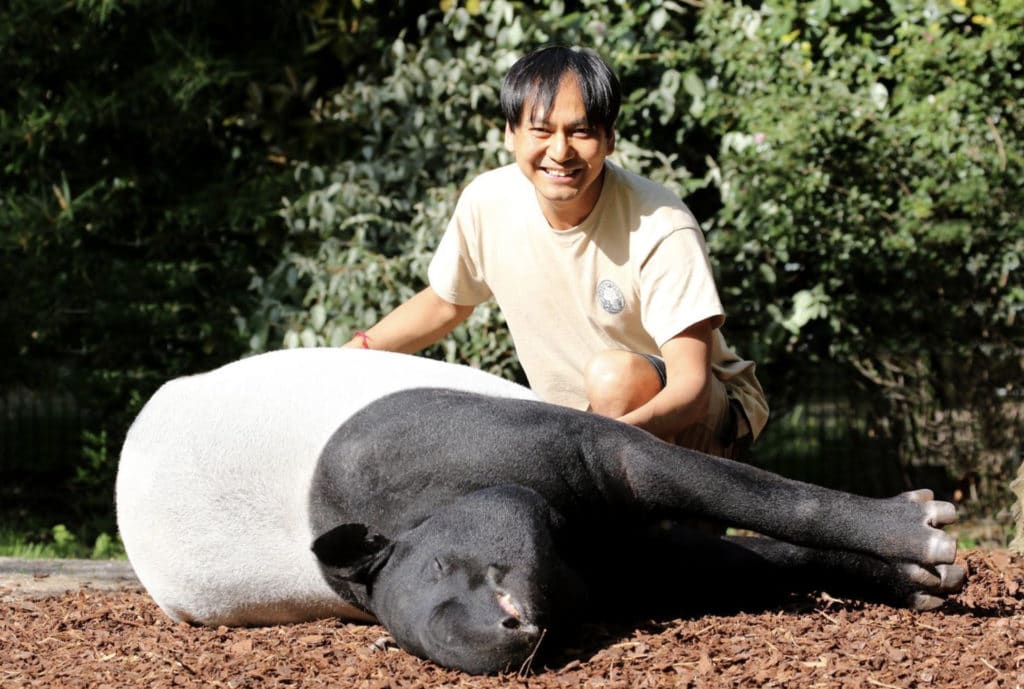
When you were a young boy, is this what you saw yourself doing with your life? Did you ever consider another career path?
My relationship with animals started when I was three years old. My grandfather bought me a teddy bear when returning from a trip. I called it “Yaboumba” and it never left my side. Actually, Yaboumba was my first real memory of contact with an animal. For me, obviously he was alive. As a child, I also felt very close to animals, even responding to their pain. It was my mother who expressed what I myself was not able to describe at the time: “You not only love animals… this goes beyond “. She used a Cambodian term that does not exist in the French language, ‘Anheut’, a mix between empathy, love, compassion, sympathy and pity. Human suffering seemed incurable, animal suffering was also intolerable to me but seemed more accessible. At the time, I did not know that there was a profession that could fight against animal suffering. I found out much later that this profession was called “veterinarian”. So, this is how I see my ‘relationship’ with animals: a quest against suffering. As a boy, I saw myself like in a quest against suffering. And no, I don’t ever consider any other path.
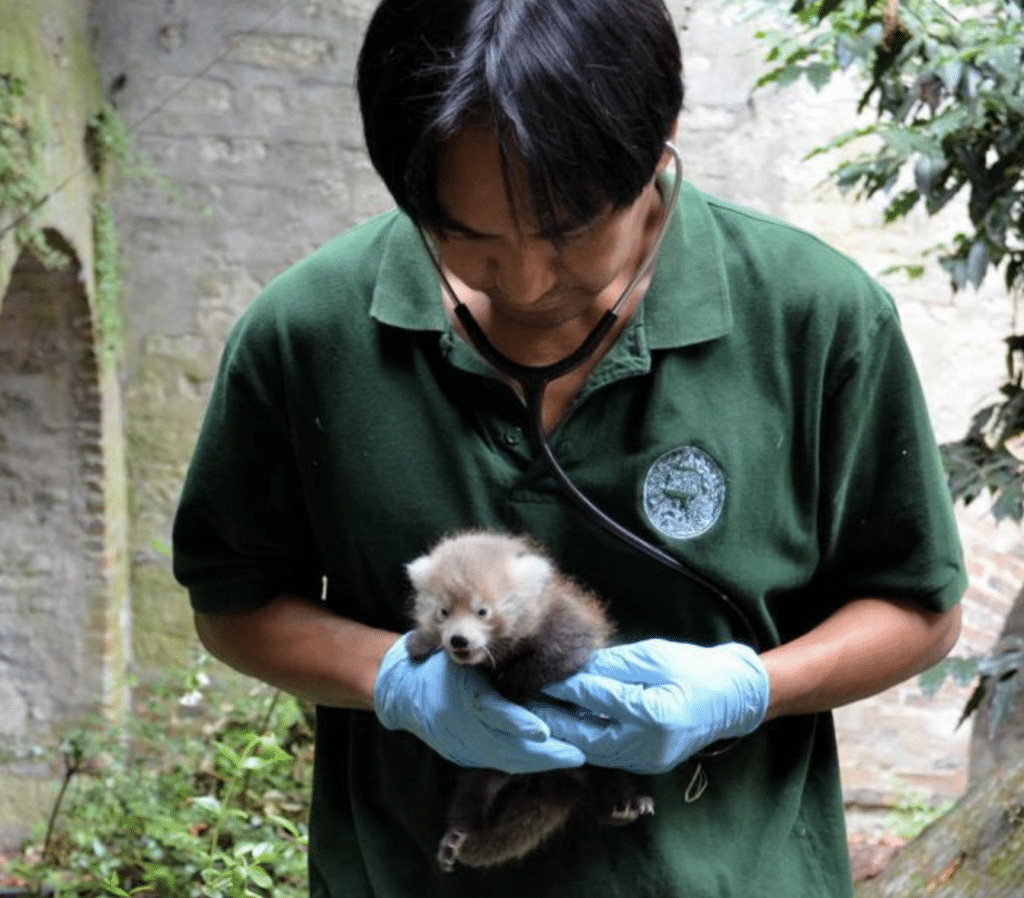
You are an inspiration to so many people working in the field of wildlife conservation. Is there anyone that you look up to, or who inspires you?
I am often told that I am an inspiration, which has always amazed me because I feel like I’m still very small and have so much to learn. But if this is really true, then I am very happy because it must then be everyone’s goal to bring hope and light to others, both professionally and personally. Who inspires me? I would say everyone. We have to learn from everyone. I learn from my trainees as I learn from great colleagues with their articles or lectures. If we talk about true Inspiration, then I do not differentiate between professional and personal life. An Inspiration is a breath that moves us forward in Life. This Life must be Total and not divided. It must be used to do things we believe in, and things that are deeply important for us. And for that, who inspire me? All those people who start from nothing, who have nothing, and who never give up. A single woman who works and raises alone her children, children with disabilities who overcome their disability, refugees who have lost everything and who rebuild their lives, with always a smile on their face… All these people are my true Inspiration.
Do you have a “most memorable” case from your past 25 years as a zoo and wildlife veterinarian?
You impose on me a tough choice! There are so many. Here is a particularly moving one: “The song of the Hyena that I heard from Chad to South Africa”. When I was working in Chad, I picked up a young hyena just a few months old and, to be honest, she was my first pet. Yes, I started in a very original way. It made me laugh to see the heads of the people who came to see me. She never showed the slightest hint of aggression, even until the age of one … but…I had to go back to France … It took me some time to recover from this separation … Then Life put a hyena on my way again, this time in South Africa. The animal was found trapped in iron wires. I performed a quick surgery on her injuries, but during the recovery she underwent cardiac arrest! And I said to myself, no. Simply NO. I will not lose her! In a cry of despair, I lifted her by the skin of her neck. I shook her with all my strength and my rage and I shouted to her “if you die, I’ll kill you! You Will wake up!!!” And then a miracle happened. Simply a miracle because medically, I can’t explain it. She began to breathe again. The next day she was awake, still wicked but alive. We scheduled her release for the following evening, and once we arrived on the site of release, everyone held their breath. It was a wonderful sunset. The hyena went several meters, stopped, turned to look at us, then left to find her freedom. It was an incredibly emotional moment for us all. What is important in this story is that I have helped to give hope, especially to all those who sacrifice themselves to save this nature that is dear to them. It is not the result that is important but the why we do things. What is essential is this invisible that makes us vibrate, move mountains, which makes us rise when our knees are in the dust, which makes us win – sometimes – victories against death …
Have you ever had a “close call” – or particularly frightening moment – when working with wild animals in the field or at the zoo?
One of my worst moments may have been during a mission in Congo. I had to perform an ultrasound on several female semi-wild chimpanzees on an island. Once there, we walked in single file with the rangers and the chimpanzees. I tried a hand-IM (intra-muscular injection). I managed to do my first injection. Happy with this success, I tried another hand-IM to another animal. But, she saw me and rung the alarm. In one second, I found myself with three chimpanzees who on top of me who were biting and hitting me. I thought it was my last hour, I mean last minute! I put myself in a fetal position, protecting my face. Rangers finally arrived. I only had some injuries but it could have been much worse … And fortunately, the chimpanzees were only about ten years old!
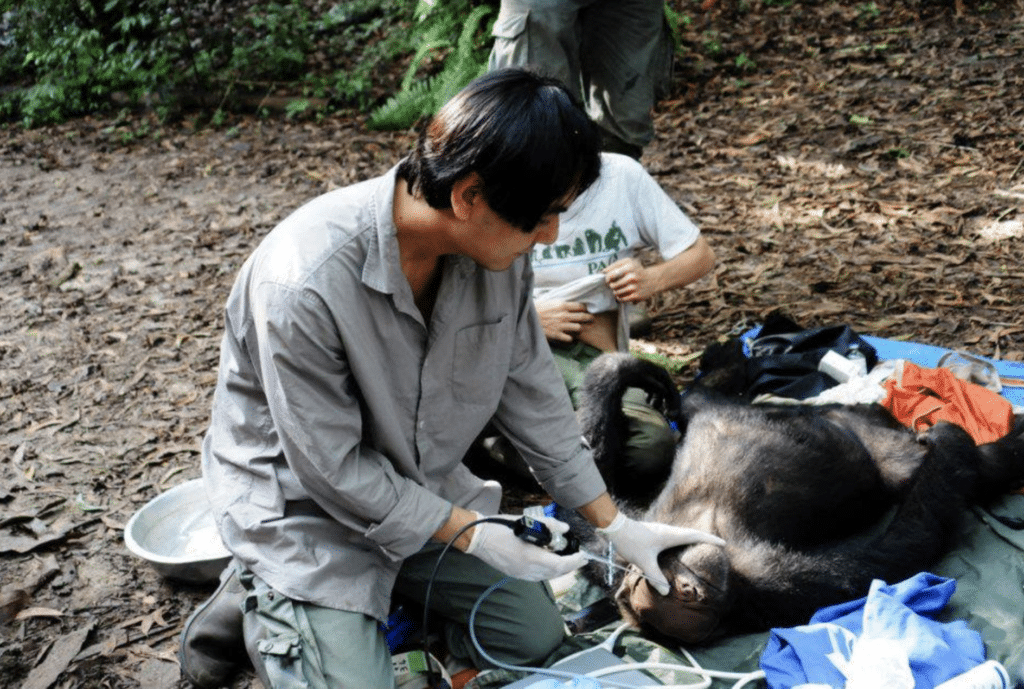
As a follower of Buddhism, how does your spirituality influence the way that you interact with, and treat, animals? Does it help you approach your patients in a different way to more “traditional” veterinarians?
The spirit of Buddhist compassion for plants and animals, finally towards the entire universe makes Buddha the first ecologist! My Buddhism thinking allows me to recognize our fragility and to understand with humility, the unity of reality and all interdependencies at an ecological level. We are all bound by nature! The word interdependence in Sanskrit pratitya samutpada means ‘being by co-emergence’. Something occurs only because it is connected, co-presents, co-organises … The illusion is to believe that a phenomenon or object has a self-contained reality. This concepts of unity and interdependence bring a holistic vision to my medical approach. The diagnosis cannot be made without taking all direct and indirect parameters into account: the animal, its environment, the owner, the owner’s environment, the veterinarian and his/her own environment. We are all part of the disease as we name it. But we also are all an essential part of its treatment. The Buddha is often described as the great physician, offering a diagnosis of suffering and ways of treatment, all through individual effort. Infused with this philosophy, my job only makes sense if it seeks first to fight against suffering. In fact, for me, to cure is not necessarily to heal, it is to make first, the suffering bearable.
You are known for integrating alternative medicines in your work, such as performing osteopathy on an elephant in the wild. What are your thoughts on this integrated approach?
What interests me is that the animal gets better, whatever the treatment. It is clear that our allopathic medicine is far from complete, simply because it is symptomatic and not holistic. I’m aware of that. This does not prevent me of course to perform surgeries, endoscopies etc… And I like that! But I also like to try other methods, osteopathy, energy medicine … I have many results that I have not shared as I don’t think people are ready for it yet!
You recently spoke in the United States Senate about how veterinarians can combat illegal wildlife trafficking. Is there anything happening in the world today, such as this activity, that makes you particularly emotional or angry?
Yes, I recently gave a lecture on this issue of Traffic in the Senate (you know the place where there are senators and deputies, stuff like that!). Two elements often seem to me to be missing from all those discussions. We are talking about numbers (number of animals killed, businesses, evaluation of financial amounts …), but there is very little discussion about the animal itself. The animal that is poached or sold is a suffering animal. Intercepting traffick is good, but if it is then to just place these animals in dismal premises, then it may be worse. If we take poached animals, we must give ourselves the financial and human resources to adequately care for them. We must understand the specific physiological needs and know how to respond appropriately. Well-equipped health centres are essential and, of course, well-trained veterinarians are indispensable too. The second forgotten point is the need to live of local people. In a sense, how can we criticise people who simply want to feed their families while we, in France in particular, are not able to keep wolves or bears? In France we legally kill endangered species!!! I ask, have we tried to understand those local people? For the whole world elephants are endangered. But in some countries, elephants kill people and destroy villages… Things are not so simple. Finally, if there is traffic, it is because there are buyers. We often point fingers on the weak and not the good ones…
Are you optimistic or pessimistic about the future of our natural world?
The Earth was formed 4.5 billion years ago … After 3 billion years of bacterial rule, the first bio-diversities began to bloom. It’s barely 600 million years ago … We, modern humans, have 10,000 years of history (beginning of domestication and agriculture) … So what about the natural world? Well, it may surprise some of your readers, but I will answer, as usual! The real question is “how are we doing ourselves?”! … Is there still hope for modern man? I believe that the present Man is capable of completely destroying his environment, destroying “nature” as we know it … which would lead to his own destruction. But the planet will remain for millions of years. Nature will take back her rights, according to a new evolution, mutations, climatic accidents of terrestrial or extraterrestrial origin … For her, the history of Man will be that of a species which will have known the hegemony and decline: a fact biologically unimportant, because if the Man disappears, its passage will be nothing, compared to millions of years of dinosaur rule.
What do you see as the biggest challenge or challenges facing conservation efforts today?
It is to make everyone’s Ego work together.
If you could save one species from the IUCN list of critically endangered, is there one that you would choose and why? Or is this an impossible question…
Why try to save ONE species? By preserving natural habitats, we can save them all.
Have you accomplished everything you had hoped to, or do you have a big goal or vision that you continue to work towards?
My dream is to tame my ego to let more light come into my heart. This will allow me to become a better healer.
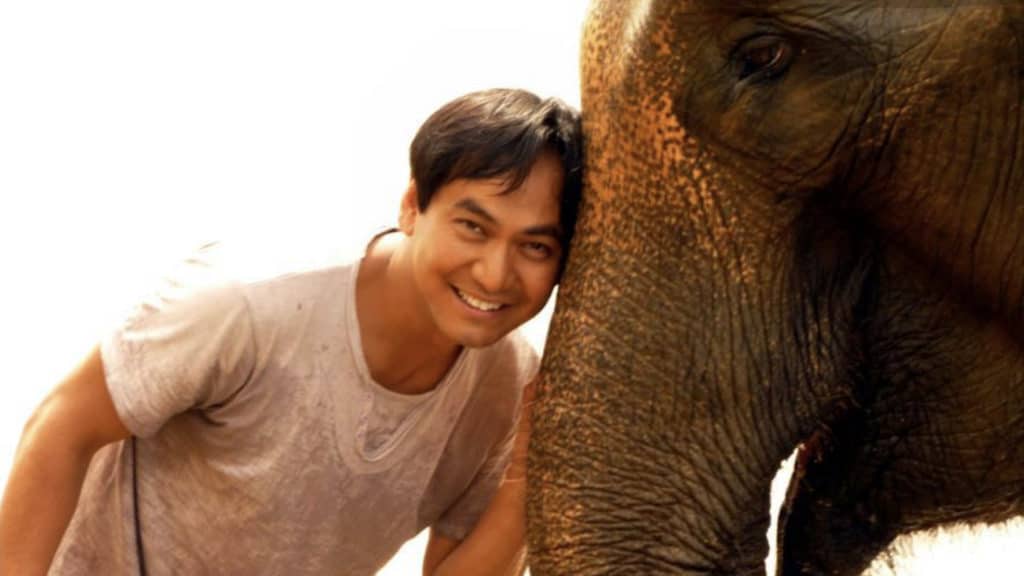
Final Thoughts
I hope you have enjoyed getting to know Dr Norin and hearing all about his incredible contributions to this field! He has recently authored two books about his work that are currently available for purchase, although are unfortunately (for me!) only published in French at the moment. If you wish to know more, please get in touch or leave a comment below!
And, finally, a big thank you to Dr Norin for sharing his amazing adventures and work!


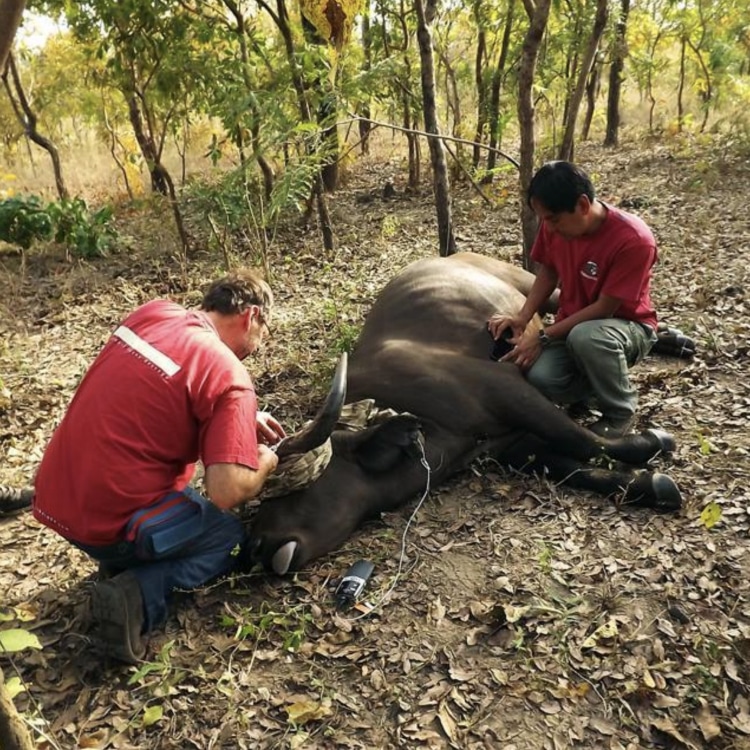

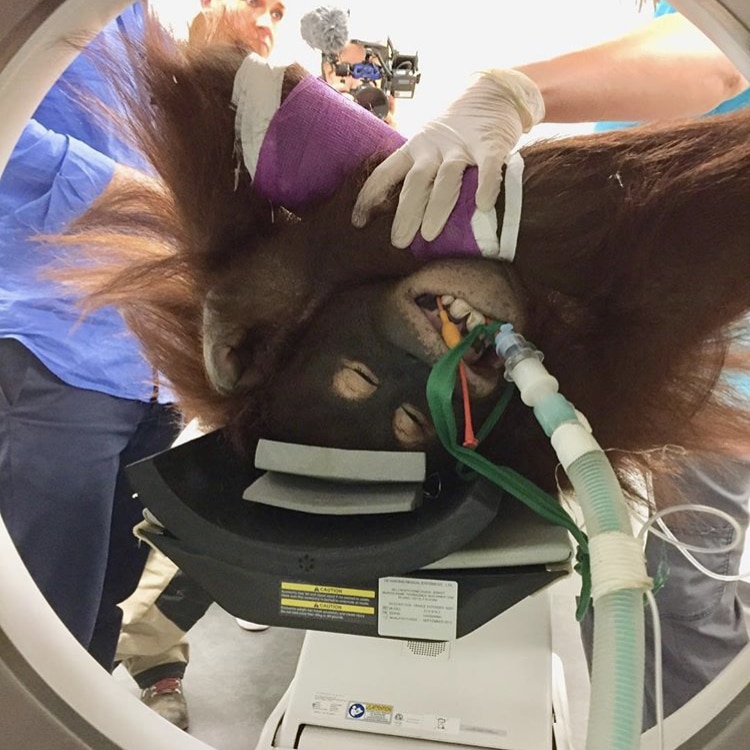
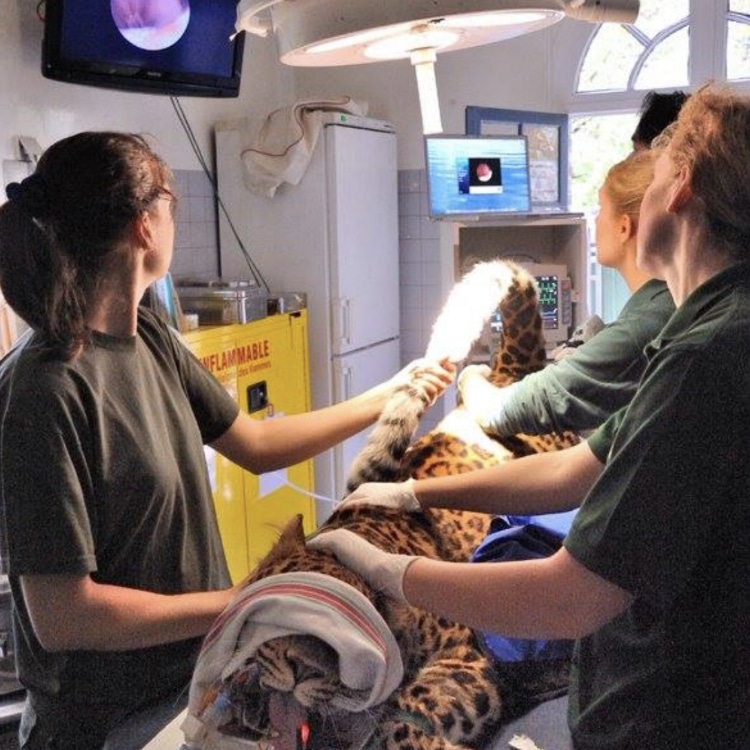
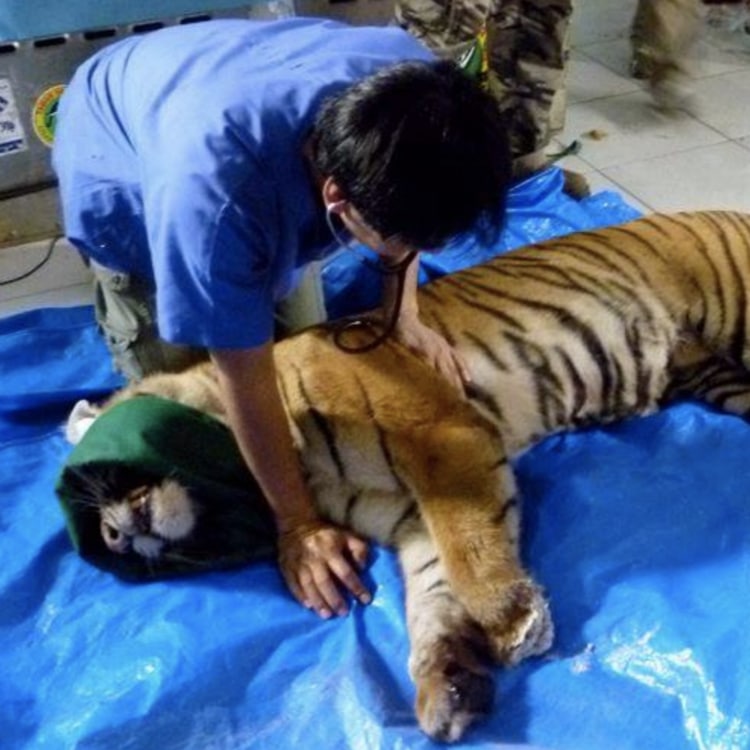
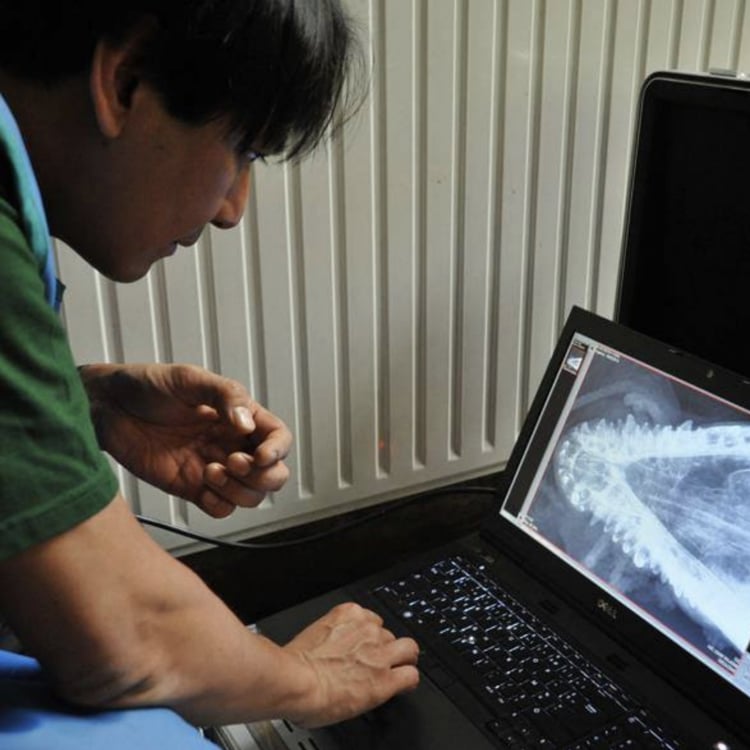
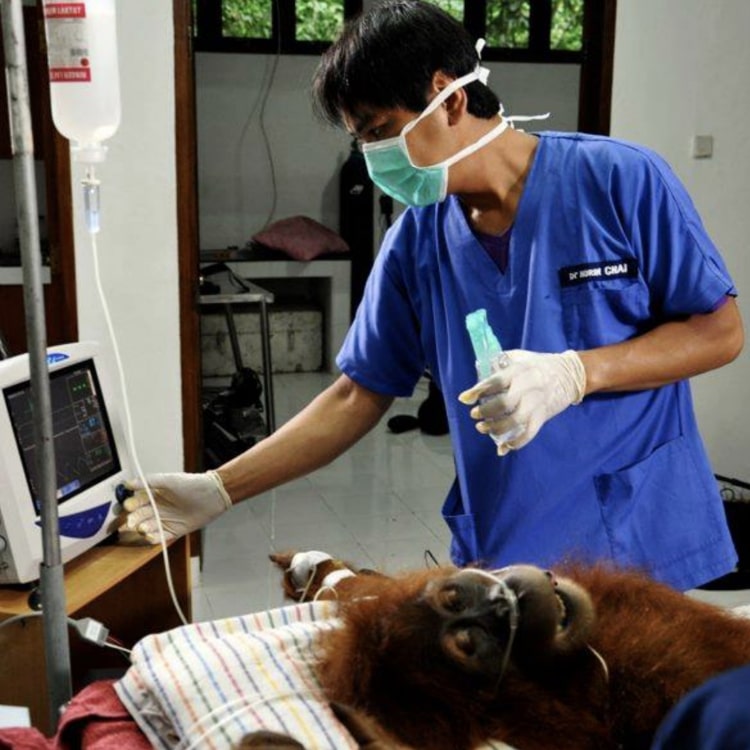
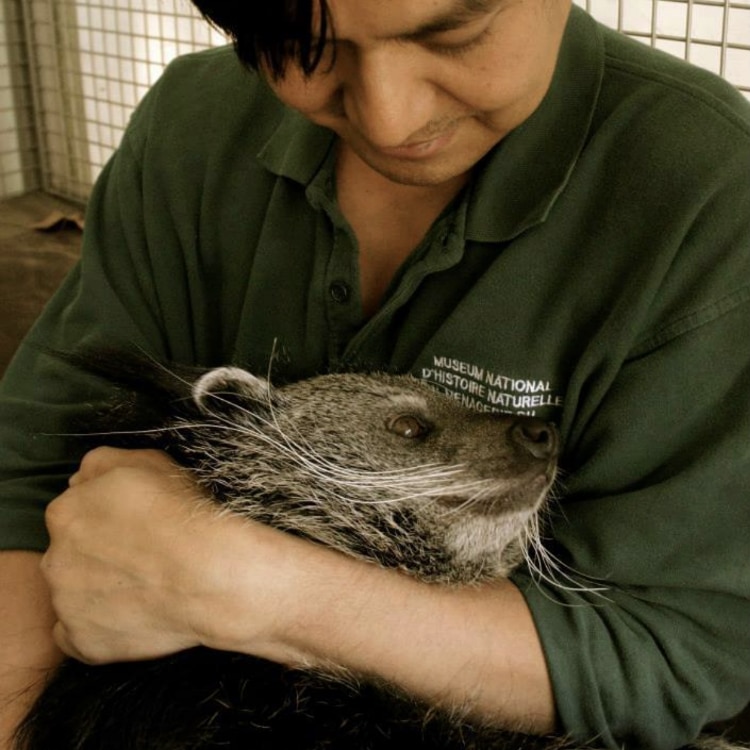
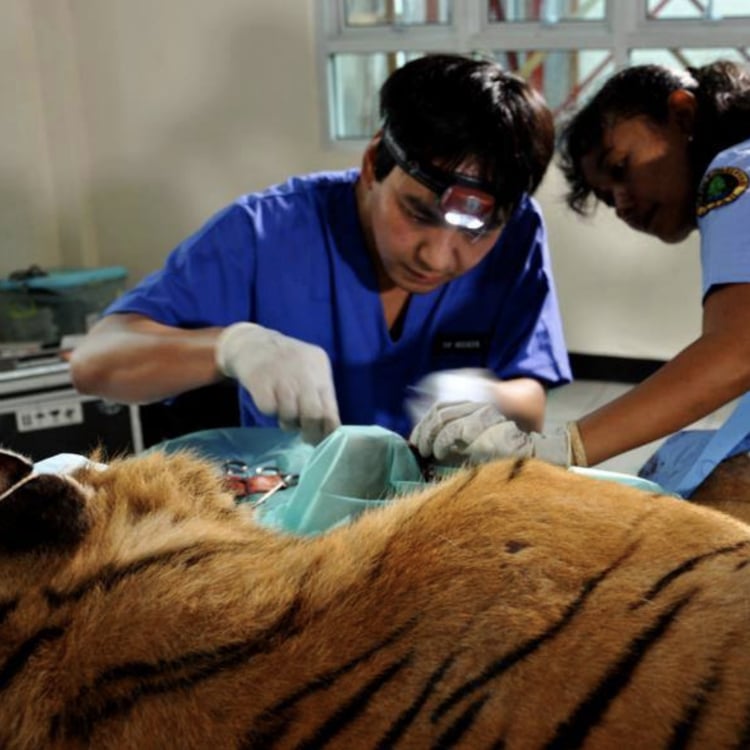
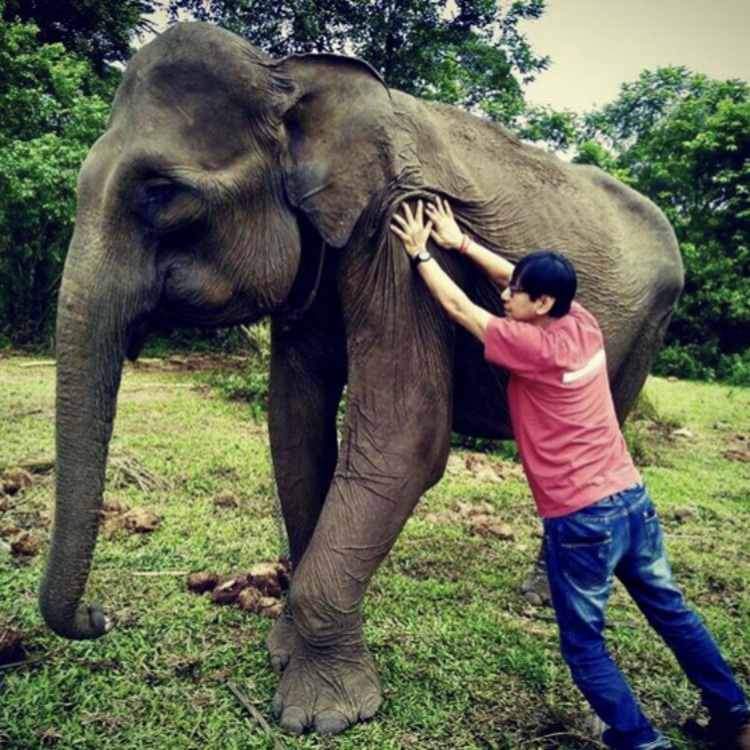
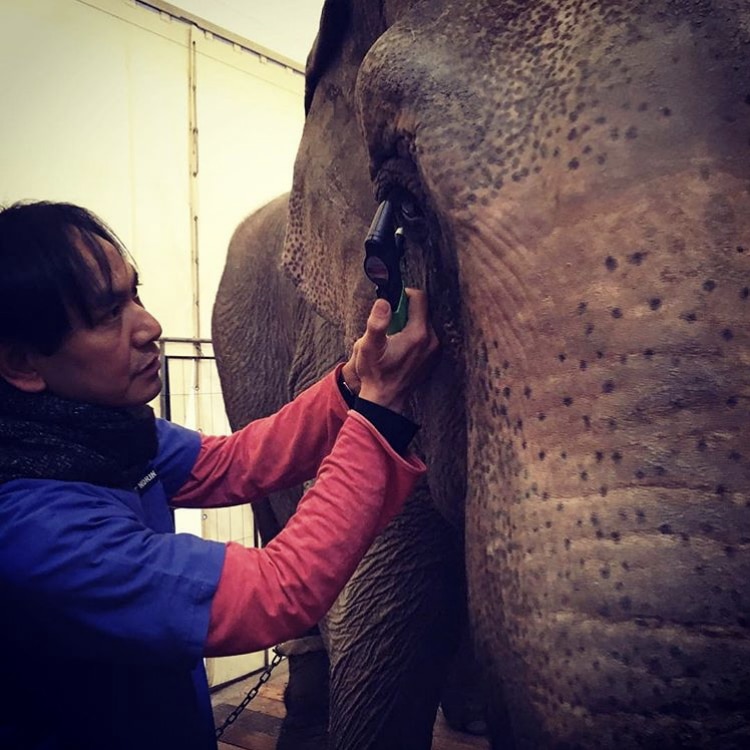
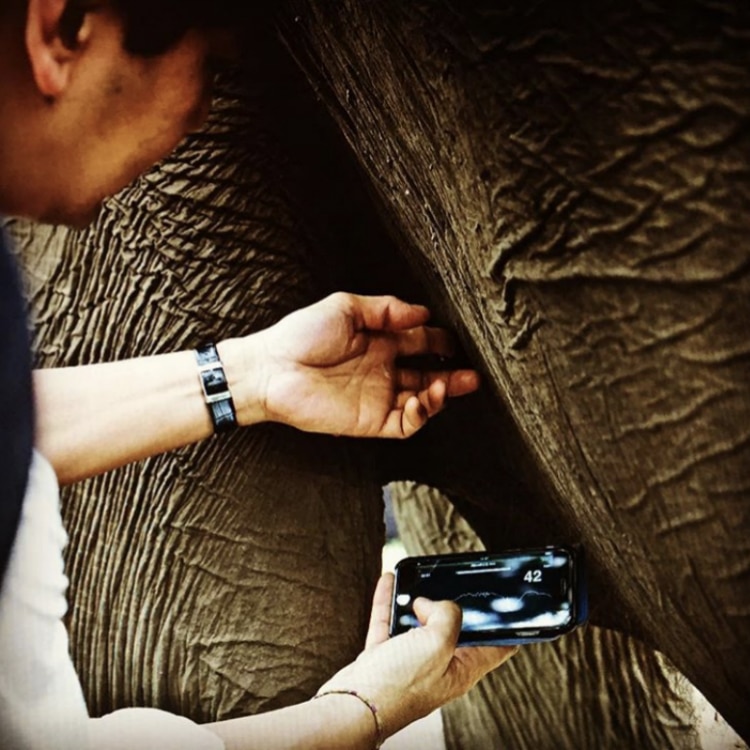
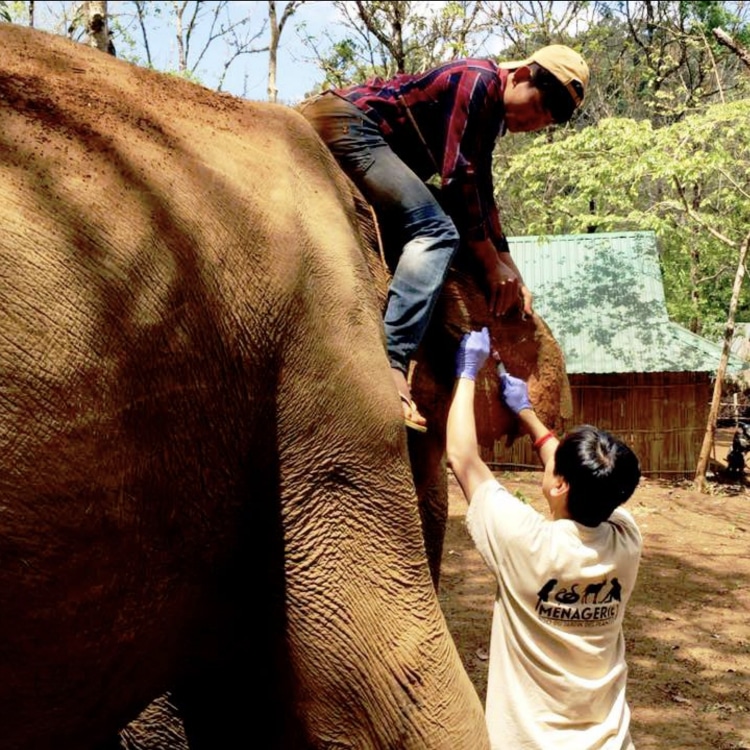
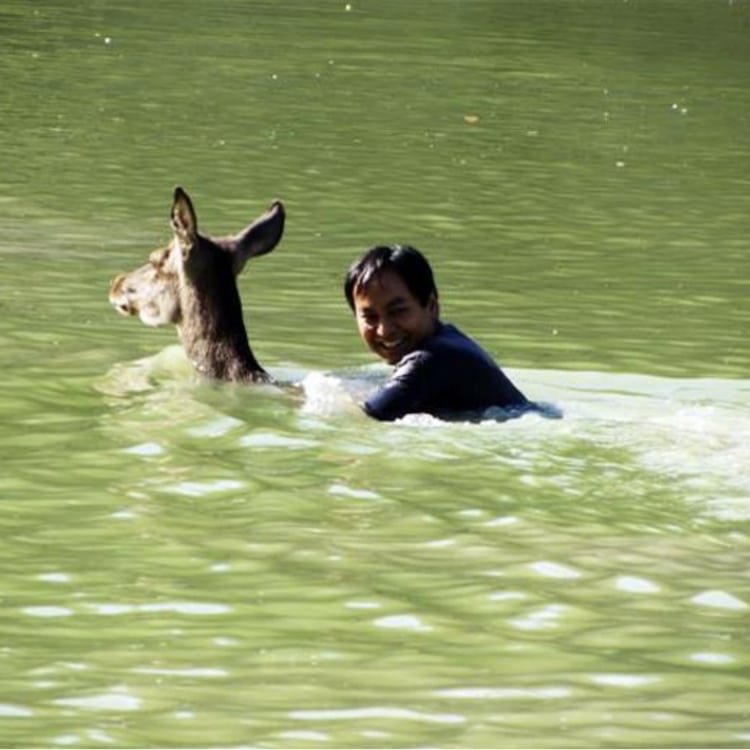
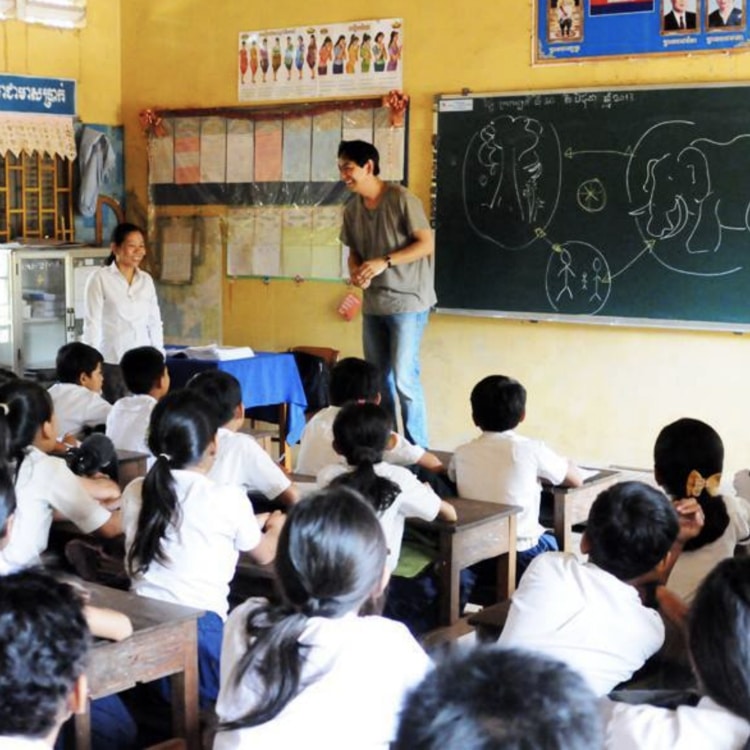
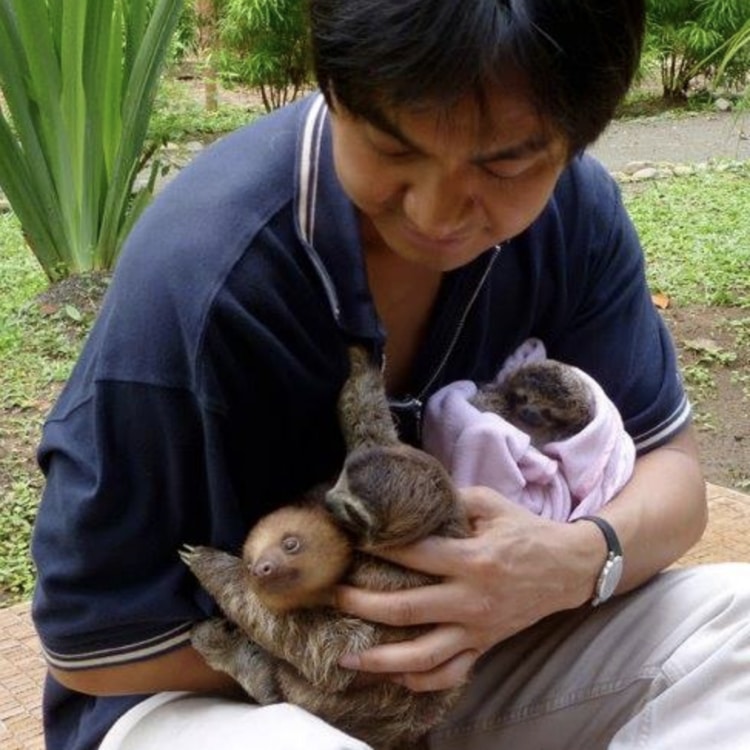
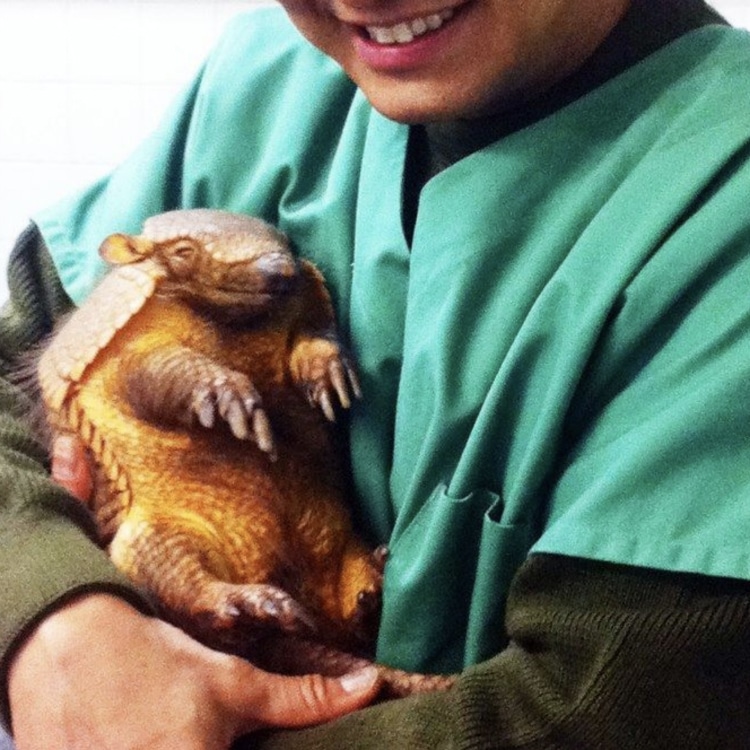
Dr. Gina Moser Golub
Posted at 00:17h, 17 AugustWhat a compassionate and loving human being. If the world had more Dr. Norin’s, the world would be a bucolic and very peaceful place. Animals are such an integral part of our fragile environment, so we need to care for and protect them from man-created harm.